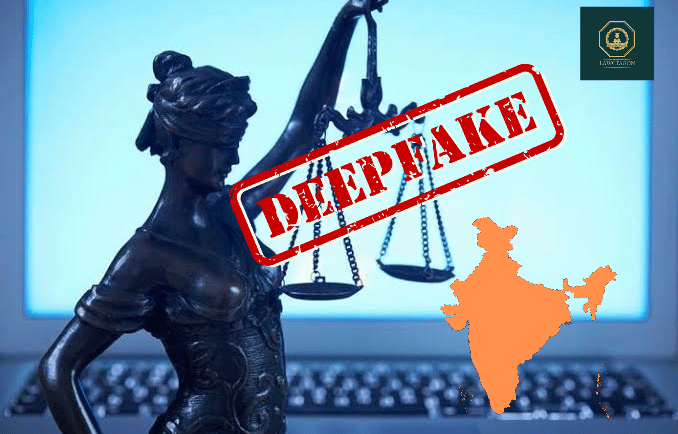Deep fakes and law relating to it
Deep fake technology, which uses artificial intelligence to create realistic but fake videos and audios, has emerged as a growing problem with significant implications across various domains.
Shreya
5/28/20242 min read


Introduction
Deep fake technology, which uses artificial intelligence to create realistic but fake videos and audios, has emerged as a growing problem with significant implications across various domains. The digital age of deep fakes marks the future of faked clips of politicians saying things they did not say and deep faked pornography targeting celebrities such as Taylor Swift. It is raising serious concerns about the authenticity of digital content and misinformation.
What is deep - fake
A deep fake is an image or recording that has been successfully changed and modified to portray someone as doing or saying something they did not do or say
Origin of the term - In 2014, it was formerly known as Synthetic media. However, a Reddit user going by the same name used the term deep fake for the first time in 2017. The user establishes a group where they exchange open source face swapping photography movies
Legal instruments to deal with it in India - Since deep fakes are manipulated videos, audio and images using AI they can be potentially used to fabricate the evidence, damage the reputation and undermine trust in democratic institutions. So, there is need to have some control and regulations on it
Provisions under the Indian Penal Code,1860
Let's delve into the oldest provisions first
1. Forgery for the purpose of cheating (Section 468) - it deals with the forgery of documents on electronic records for the purpose of cheating
2. Statement conducing to public mischief (Section 505)- It lays down about making, publishing and circulation of any statement rumours or report with the intent to cause fear or alarm to the public
3. Cheating by personation (Section 416) - It criminalizes cheating by personating such as when an individual pretends to be some other person or knowingly substitutes one person for another or represents that he or any person is a person other than who he is.
Information Technology Act, 2000
It states penalties for theft of Identity under section 66(c) of the Information Technology Act, an individual who uses another person's electronic signature, password or any other unique identifying feature fraudulently or dishonestly faces up to three years in prison and a fine of one lakh rupees
Stand of global al governance
1. EUROPE has introduced Europe's Artificial Intelligence Act; 2024 it includes how to deal with the generation of deep fakes whose goal is to manipulate human behaviour
2. China has enacted nationally binding regulations and also a registry of algorithms to promote transparency and to understand how algorithms function
3. The US has taken only a sector-specific approach and has not yet implemented comprehensive AI regulations
Conclusion
These legal provisions in India are useful but do not provide comprehensive protection. So, the law reforms in India need to use the existing law regime as a foundation to craft new laws that will address it.


